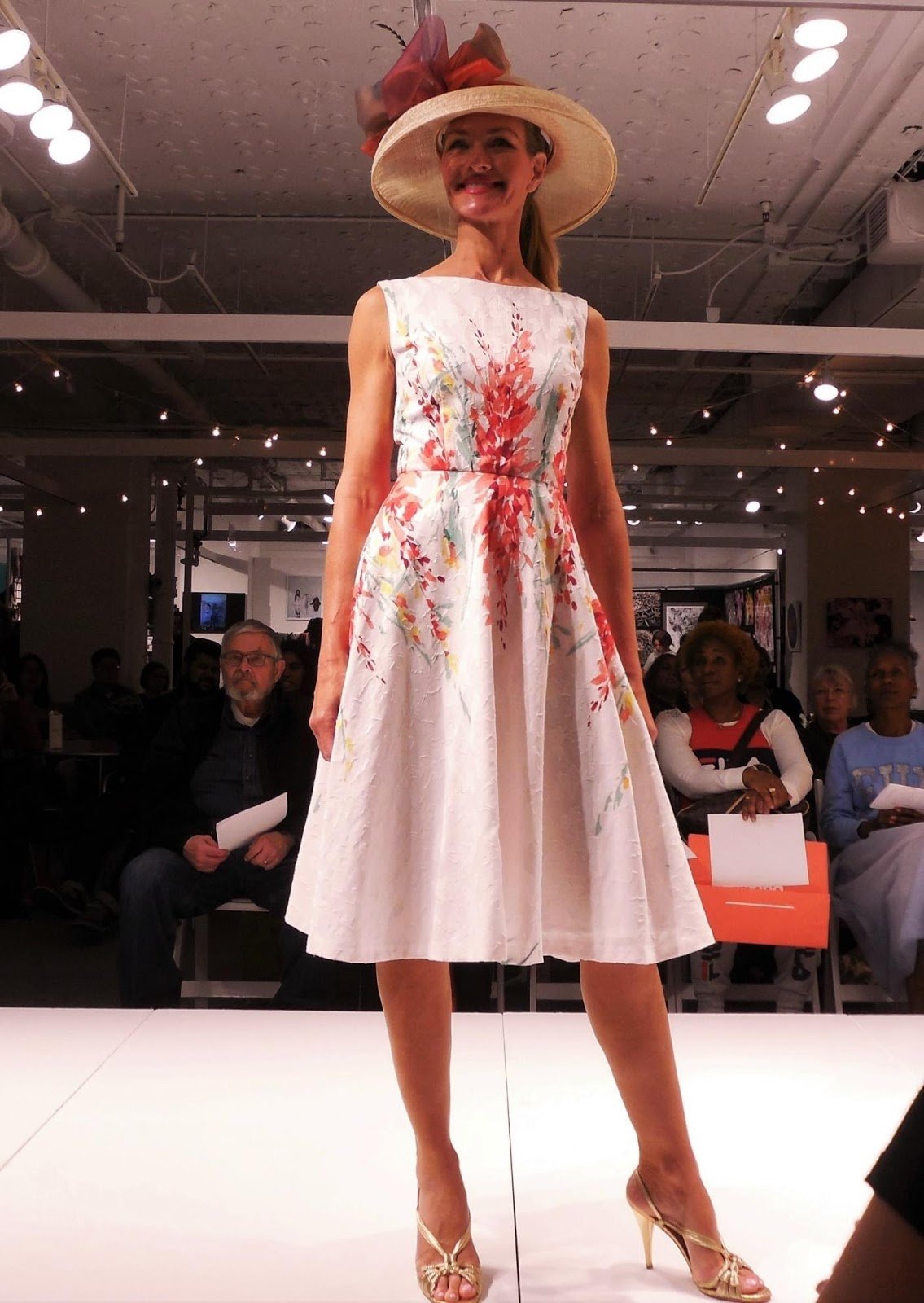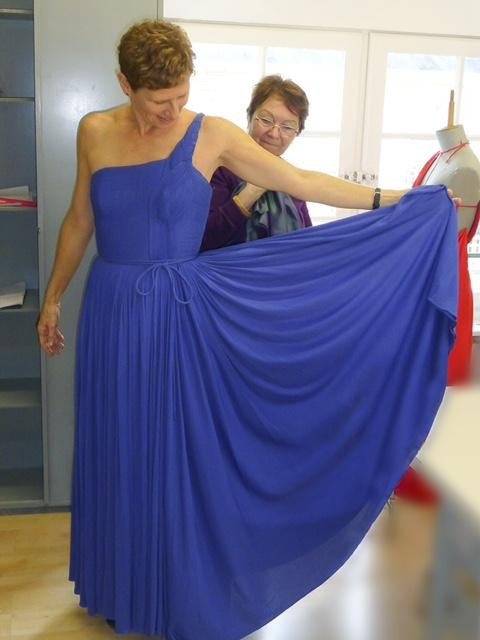ANIKKA BECKER
A Second Act is defined as something, whether it is a hobby, new career, or lifestyle, that a person devotes their life to, usually after a former occupation or career. We find their stories are fascinating, and think they make some of the best clients. In this series of posts, we’ll introduce you to individuals starting, or in the midst of their second acts, how they got there, and why they are on the brink of something really special.
So without further ado, we would like to introduce you to…
Name: Anikka Becker
First Job/Career: Doctor—my specialty is infectious disease and tropical medicine.
From our conversations about your previous career, we have been able to piece together you were quite accomplished in your field. Can you share some of your achievements from your “First Act”?
I’ve taken care of patients and taught in medical schools; I still teach part-time. I’ve also worked for the US Government, where my background brought me to the field of drugs that protect against biological weapons and eventually a position as a counterterrorism director. I was six weeks into the job on September 11, 2001. Suddenly I found myself a ‘senior government official’ who attended White House meetings, briefed generals, gave press interviews, and testified before Congress. My last years in the government I served at the Pentagon during wartime, something I never expected when I went into medicine.
When did you decide it was time to leave medicine and pursue design?
A few years back I was in a store and couldn’t find what I wanted to wear. Well, I thought, I can make what I want—which at the time was a skirt with a waistband. When I was growing up home economics was mandatory and we learned to sew in 7th grade. I found I loved it—took three years of sewing—and by the time I graduated from high school made most of my own clothes. Years later it was no big deal to make myself a skirt. And I realized that I could create what I wanted in more ways than a waistband. I love cloth and working with my hands so I started to take classes—design, pattern-making, fitting. As I did, I found I was attracted to the variety and freshness of the styles of the 1950s. Then people started coming up to me on the street and asking where I got my dress.
Probably the biggest eye-opener for me was when I went to couture sewing school. There I learned traditional garment construction methods, such as those used in the great houses like Dior and Balenciaga. In couture school I saw my highly skilled classmates making gorgeous dresses to be worn only on special occasions, or maybe even just once to walk down the aisle. What about every day? And here I do think a career in medicine had a strong influence. Illness does not really schedule itself. Neither do terrorist attacks. We don’t really know when life can be derailed. Every day is a cause for celebration. That seems to be enough reason to wear a beautiful dress.
What, if any, similarities have you discovered between medicine and design?
Well, yes. As a doctor I was trained to look at the body to gather information-- to evaluate symmetry, to estimate size, to assess skin color for health or sickness. It’s not a very long stretch to turn that around and see how the cut of a skirt can enhance the contour of the body, how ¼ inch less can give a bodice a perfect fit, or what colors look good with a woman’s hair, skin, and eyes. And the nice part is it makes people happier to find a look that works for them rather than be told that they have a scary diagnosis.
The Glad Dress by Anikka Becker on the runway.
How is Act Two going so far? What are you most proud of?
I absolutely love what I do. I’m in the workroom before 6 in the morning and often put in 10-12 hour days. It hardly feels like work. This year I was accepted to a number of juried shows, and have been able to work one-on-one with a wide range of customers. I’ve also had a chance to test the market in several parts of the country, which helps a lot with business planning.
It has been gratifying to see people’s reactions to the designs. At shows I’ve seen many women—and men—walk by the booth, seemingly on their way somewhere in a hurry. There are so many exhibits to see and they want to take it all in. Then they see the dresses. They stop, stare, and motion to the person they are walking with. Women come over, they touch a dress, hold it up against themselves, start moving toward the fitting room, and then see another they
want to try on.
“I absolutely love what I do. I’m in the workroom before 6 in the morning and often put in 10-12 hour days. It hardly feels like work.”
A few individual experiences that make me proud: One customer who I met and measured in 2018 chose an AB design, but wouldn’t let herself buy it until she lost some weight. She emailed me several times to tell me how she was dieting and exercising. A year later she returned. She had taken a full 2 inches off her waist and bought the dress.
Another lady came by my booth at an outdoor show on a 103⁰ day. She admired the dresses and tried on several, which was pretty hard work in such hot weather. She was delighted to get a great fit and bought one of my most in-demand designs.
A quote from a 70-ish year old guy in a pony tail, leather jacket, and motorcycle boots who stopped by the AB booth, “I’m not a woman, but if I was, this is the kind of dress I’d want to wear.”
Anikka studies a Mme Grès design from the inside.
And a very cool experience from couture sewing school. The training had a Paris component, where I had a chance to learn from one of the last drapers from the great couture house of Madame Grès. After we studied the construction of several gowns and practiced the technique of pleating silk, our instructor asked if I would like to try on an original Grès piece.
If you could go back in time, would you pursue Anikka Becker Design from the start?
No. While I learned to sew when I was 12, I decided to be a doctor when I was 7. I was a child who spent her time bandaging stuffed animals and have always thought of myself as a doctor. Clothing design, the joy of textiles, and working with my hands are later delights.
Do you have any advice for someone thinking of trying something new?
If you find something you really like, keep doing it. Repeat. Try it in different ways. Eventually you’ll figure out what it is that compels you. And when you really get to the core of that, you will know how you want to move forward.
Anikka Becker is a client of Studio Eighty Seven.


